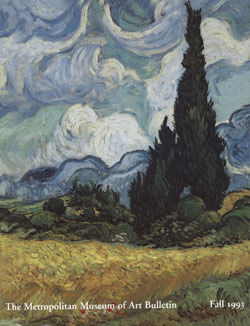Splitting
Gordon Matta-Clark American
Not on view
In the decade between receiving his B.A. in architecture from Cornell University and his death in 1978, Matta-Clark was a key member of the New York avant-garde. His work, like that of Dennis Oppenheim and Robert Smithson, was formed outside the parameters of gallery presentation, and as with many artists who matured in the 1960s, his subversive activities were rooted in a critique of bourgeois American culture.
Compelled to focus attention on the dehumanization of the modern world, Matta-Clark developed a personal idiom that combined Minimalism and Surrealism with urban architecture. Using abandoned buildings for his medium and wielding a chainsaw as his instrument, he cut into the structures, creating unexpected apertures and incisions.
In 1974 Matta-Clark operated on a two-story home in New Jersey slated for demolition, effectively splitting it down the middle. The light from the incision invaded the interior and united the rooms with a swath of brilliance. The artist photographed his work and created a collage of prints, the unconventional disposition of which re-creates the disorienting experience of the unprecedented destruction.
Due to rights restrictions, this image cannot be enlarged, viewed at full screen, or downloaded.



